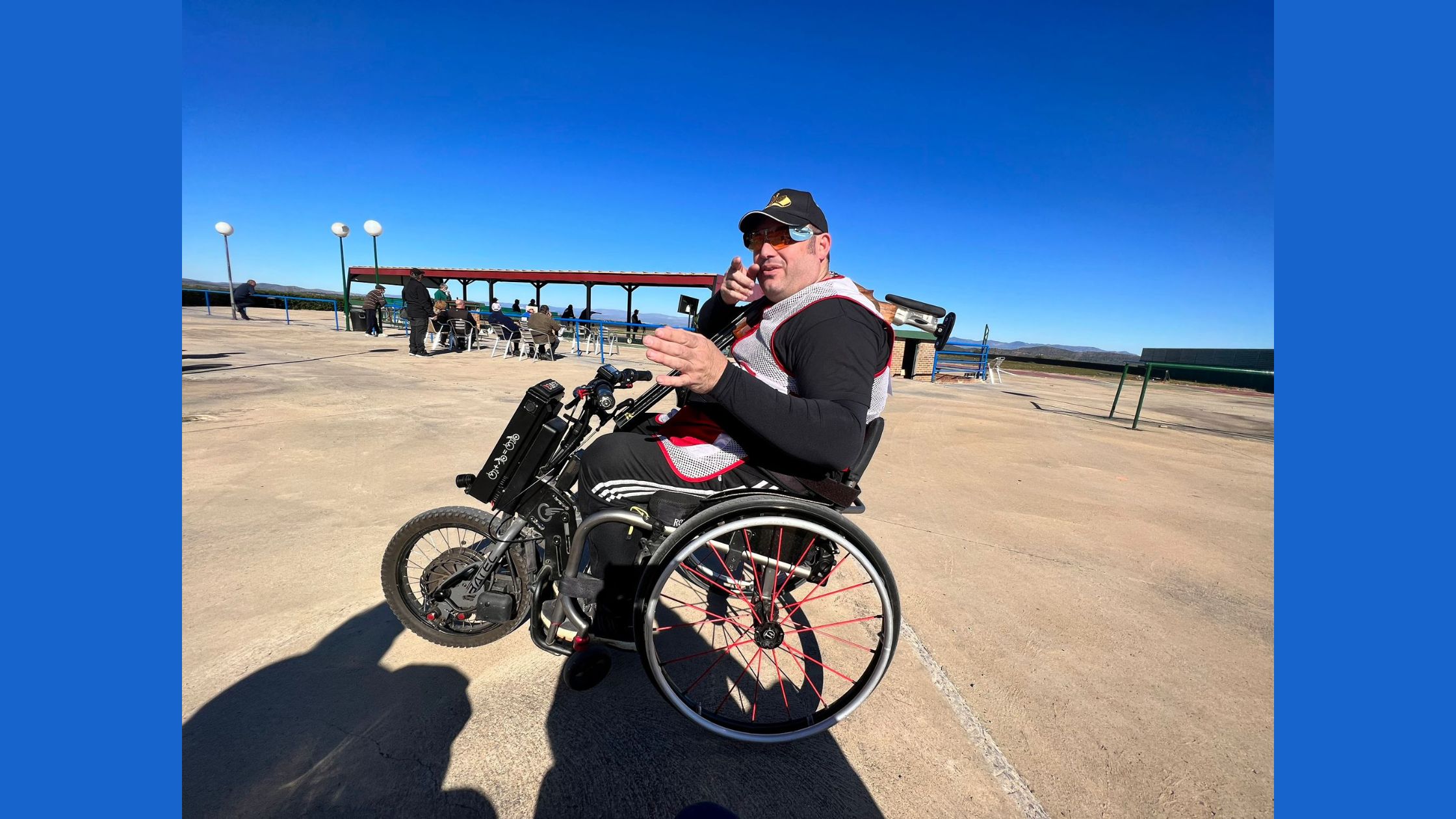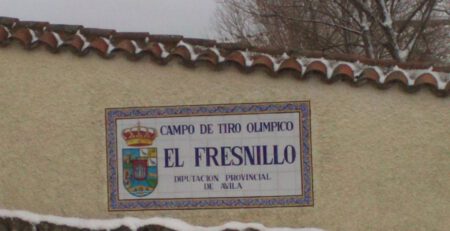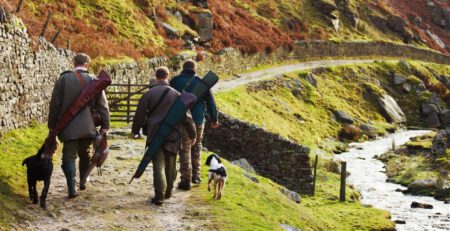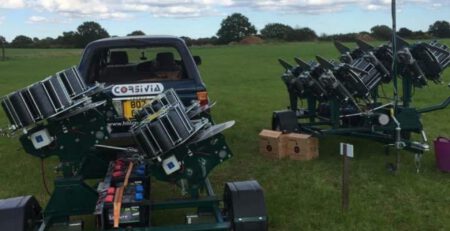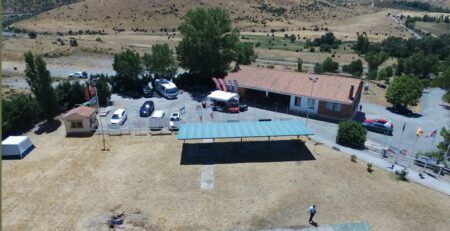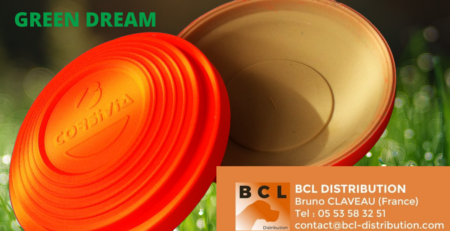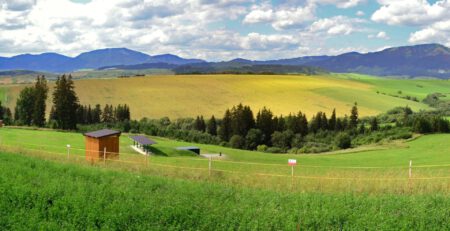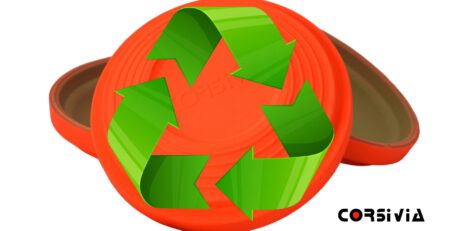PARA SPORT SHOOTING: INTERVIEW WITH JUAN SANZ, PARA-ATHLETE IN UNIVERSAL TRENCH AND OLYMPIC TRAP
Para Sport clay target shooting, the adaptive forms of Olympic trap and Universal Trench, were added to the sporting and Olympic disciplines of clay pigeon shooting in 2013.
That was when the Spanish Sports Federation for People with Physical Disabilities (FEDDF) signed a partnership agreement with the Royal Spanish Olympic Shooting Federation (RFEDETO) following a strong demand for these disciplines by a significant number of shooters with disabilities.
Since then, the number of Para Sport clay target shooting events has steadily increased up to the 13 held at the Tokyo 2020 Games.
Do you want to know a little more about this type of shooting event?
Keep reading…
HISTORY OF PARA SPORT CLAY TARGET SHOOTING
The first three Para Sport clay target shooting competitions made their debut at the Toronto 1976 Paralympic Games. In 2000, the number of events increased to 29 at the Sydney Olympics, but ultimately, the number was set at 13 events at the Tokyo Games in 2020: six open to both women and men, three open to women only and three open to men only.
In Spain, Olympic trap shooting started in 1982 to promote and standardise the development of this sport without any kind of discrimination.It took until 2013 for the Spanish Sports Federation for People with Physical Disabilities (FEDDF), in an effort to seamlessly integrate with the different single-sport federations, to sign a partnership agreement with the Royal Spanish Olympic Shooting Federation (RFEDETO) under which the latter pledged to provide space for the Para Sport clay target shooting modalities of Olympic Trap and Universal Trench following strong demand for these disciplines by a significant number of shooters with disabilities.
CATEGORIES OF SHOOTERS WITH DISABILITIES
In this sport, shooters need to have a series of qualities that allow him/her to successfully perform the shooting techniques, such as concentration, self-control, reflexes, etc. This is even more true when it comes to athletes with a disability.
Moreover, clay target shooting competition rules and regulations needed to be adapted to the different types of disabilities to ensure a level playing field during sporting competitions.
To this end, different Paralympic classes have been established which are specific to the event in which the athlete competes. There are two categories in the Paralympic Games:
● SH1: These athletes can hold their firearm without a stand.
● SH2: These athletes need a firearm support to shoot (this functional class does not exist for pistol events).
There are several categories for disabled clay target shooters who participate in World Championships and other non-Olympic international events:
● SG-S: Athletes with poor balance and/or trunk stability, competing from a wheelchair in a standard seated position. Athletes have an impairment in the lower limb(s), but no functional limitation in the upper limb(s).
● SG-L: Athletes with good balance and trunk function, competing from a standing position. Athletes have an impairment in the lower limb(s), but no functional limitation in the upper limbs.
● SG-U: Athletes with good balance and trunk function, competing from a standing position. Athletes have an impairment of the non-shooting arm.
In the latter category (SG-U), Spain’s Melton Briñás Mora won the bronze medal at the World Para Sport Shooting (WSPS) European Para Trap Championships 2022 in Lonato (Italy) in October this year, after qualifying with 109 broken clay targets and competing in the final.
PARA SPORT CLAY TARGET SHOOTING RULES AND REGULATIONS
As mentioned above, there are adapted rules and regulations for clay target shooting competitions for athletes with a disability.
Some examples are:
● The rules on the three shooting positions are adapted for athletes with a disability.
● Shooting can be done from a wheelchair or shooting chair position instead of standing.
● Athletes using a wheelchair may also use an armrest to bring the firearm closer to them and provide additional stability when pulling the trigger.
● From a kneeling position, an athlete shooting from a wheelchair or shooting chair may rest their elbow on a shooting stand.
Full rules and regulations can be found here.
INTERVIEW WITH JUAN SANZ, NATIONAL AND INTERNATIONAL PARA SPORT CLAY TARGET SHOOTING ATHLETE
And who better to tell you all about Para Sport clay target shooting than a shooter who is active on both the national and international stage?
Juan Sanz, who has a spinal cord injury, started practising Para Sport Shooting a year after his discharge from hospital following the accident that caused his injury.
Juan participates in Olympic Trap, Universal Trench and Compak Sporting events.
Don’t miss his full interview on our YouTube channel.
Interested in the world of Para Sport clay target shooting but don’t know how to start? Check out these links to help get you started:
Facebook Amigos del tiro adaptado
Have you been practising Para Sport clay target shooting for a while and want to share your story with us? We’d love to hear all about it!
